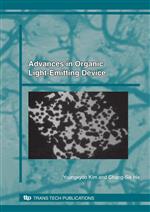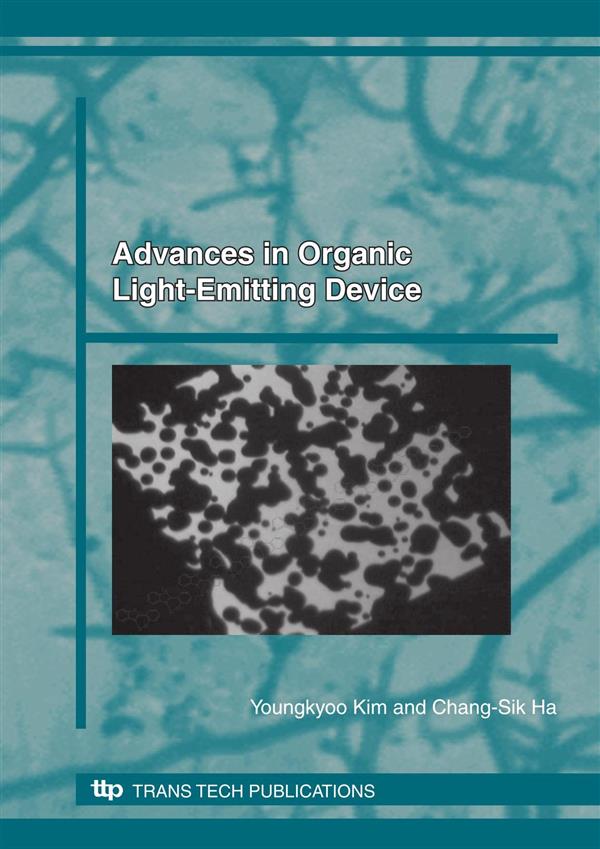Advances in Organic Light-Emitting Device
Description:
Organic electroluminescence (OEL) is the phenomenon of electrically-driven emission of light from organic materials; including both fluorescent and phosphorescent organic solids. The organic light-emitting device (OLED), which exploits OEL emission from organic semiconducting thin films (with thicknesses of less than a few hundred nanometers), sandwiched between electrodes, has attracted keen interest in its application to flat-panel displays, due to its high luminous efficiency, low driving voltage, tunable colors as well as a convenient device-structure design and low fabrication costs when compared with every other known display device.
Purchase this book:
eBook+Print
978-0-87849-483-5
* 1-User Access (Single User-Price). For Multi-User-Price please fill a
contact form
Info:
Authors:
Young Kyoo Kim and Chang Sik Ha
Keywords:
Carrier Injection and Transport,
Dexter Energy,
Förster Energy,
Hole-Transporting Materials,
Hydrid OLED,
Light-Emitting Polymers,
OLED,
Organic Electroluminescence (OEL),
Phosphorescent (PHOLED),
Polymer,
Tunneling
ISBN-13 (softcover):
9780878494835
ISBN-13 (CD):
9780878491827
ISBN-13 (eBook):
9783038132448
Review from Ringgold Inc., ProtoView:
This volume describes the general principles of organic light- emitting device (OLED) operation, recent developments in materials and device design, the optimization of device structures, processing issues, market developments, future trends for OLED-related applications, and recent research up to 2006. Kim (physics, Imperial College London, UK, and chemical engineering, Kyung Pook National U., Korea) and Ha (polymer science and engineering, Pusan National U., Korea) aim the book at graduate students in chemistry, physics, engineering, and polymer and materials science, in addition to working technologists. Knowledge of physics, chemistry, polymer science and materials science is assumed.

